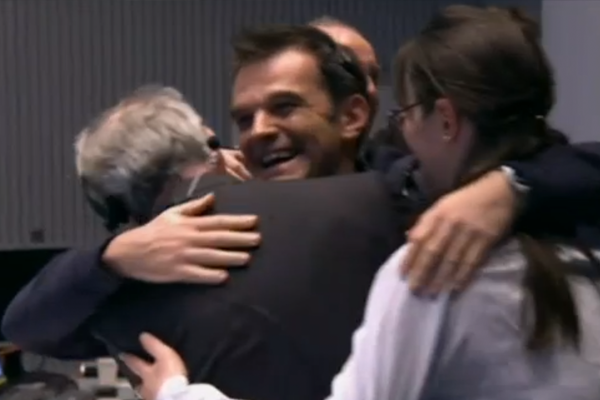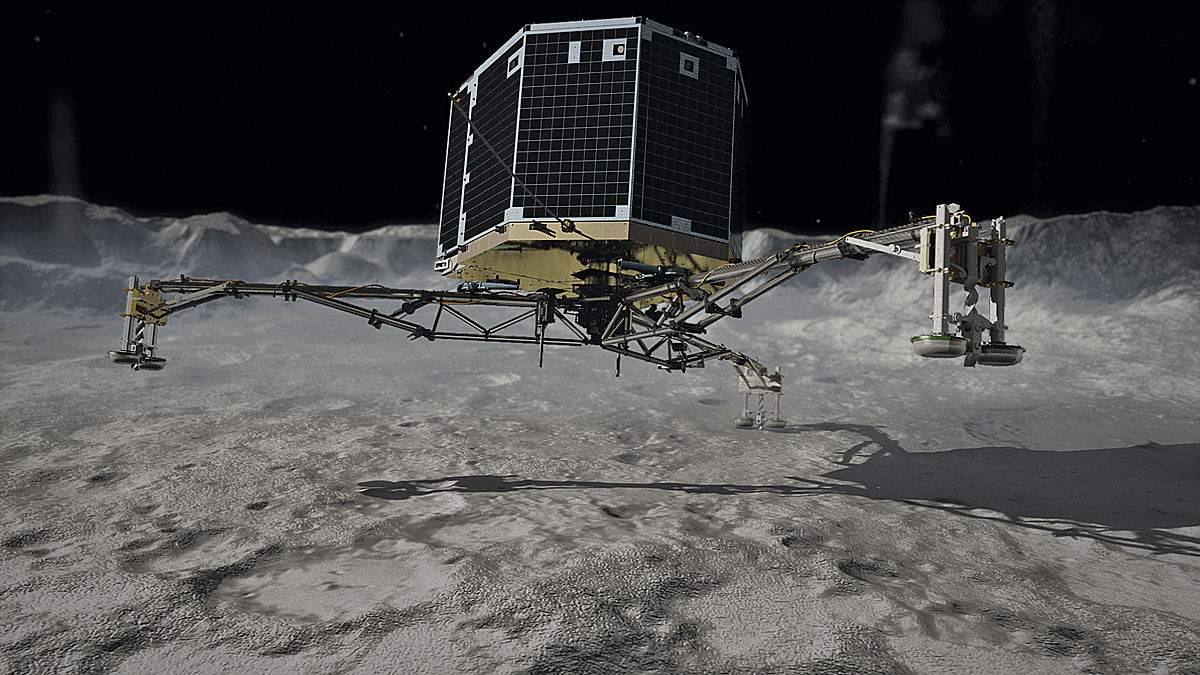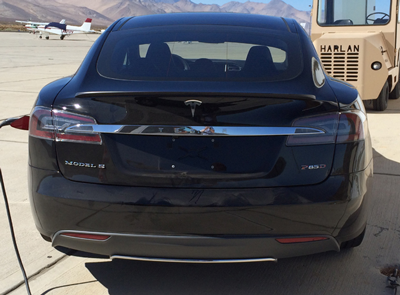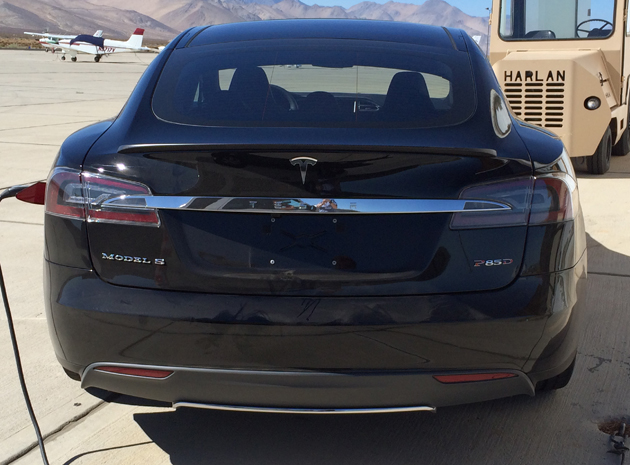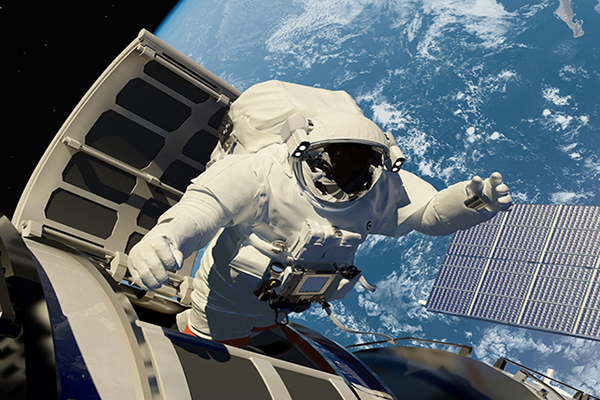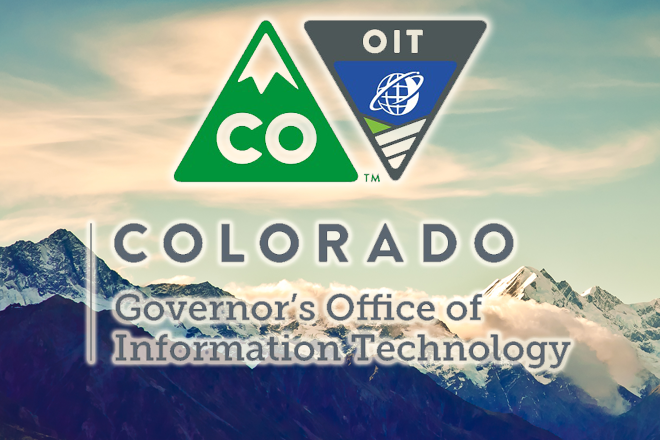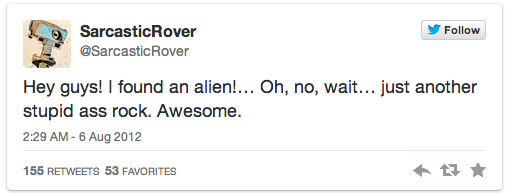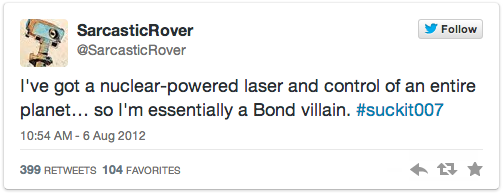Oculus, the rising star of virtual reality, has partnered with Samsung to turn their brand new
Galaxy Note 4 smartphone into a portable virtual reality powerhouse using a headset called Gear VR. The phone's high resolution and processing power make it an ideal fit for something like this. As
engadget's Ben Gilbert remarks, this device is aimed at a wider media audience, rather than just the hardcore gaming sector. Check out the full press release below or this informational video review from IGN.
BERLIN--(BUSINESS WIRE)--
Samsung Electronics Co., Ltd. today introduced the next generation in wearable technology, the Samsung Gear VR Innovator Edition, enabling users to fully immerse themselves in a cinematic virtual reality environment. Powered by Oculus technology, the Samsung Gear VR delivers a completely new way to experience and consume mobile content. It continues Samsung’s leadership in the wearable category through innovative technology and compelling design to expand the definition of mobile life.
The result of a deep and integrated partnership with Oculus, a Facebook company and a leader in virtual reality technology, the Samsung Gear VR creates an immersive mobile virtual reality experience that the industry has never seen before.
“The Samsung Gear VR goes far beyond expectations of how mobile technology can be used to consume content, and is a powerful representation of the progressive innovation of the Gear series,” said JK Shin, President and CEO of IT & Mobile Communications Division at Samsung Electronics. “We are pleased to have partnered with Oculus VR to bring this incredibly immersive mobile content experience to consumers.”
"We are thrilled to reveal the Gear VR Innovator Edition, a state-of-the-art mobile VR experience powered by Oculus," said John Carmack, CTO of Oculus. "The deep technical partnership with Samsung has enabled us to create a virtual reality headset with world class resolution and performance, all on a completely mobile platform."
The Samsung Gear VR delivers an unrivaled viewing experience with the 5.7 inch Quad HD Super AMOLED display of Galaxy Note 4 providing stunning and engaging visuals at a mobile-leading resolution. With the Gear VR Innovator Edition, users can sit in the best seat of a theater, can be on-stage of a performance with full 360 3D video, and can enjoy gaming like it’s never been seen before - inside stunning worlds where imagination becomes reality. Samsung’s industry leading Super AMOLED display technology and cutting-edge Oculus-driven technologies fuse to create an experience that surprises and delights – all on a mobile device.
Built with soft, flexible cushioning and lightweight materials, Samsung Gear VR is comfortable to wear. It is completely wireless, so users can be fully engaged in virtual worlds without being tethered to a computer. With a robust selection of optimized virtual reality content from a wide range of top-tier creators, users will be able to enjoy a wide range of film, gaming, 360 degree video, and educational/experiential content.
The Samsung Gear VR will be available in Frost White through the Samsung online channel and selectively by carriers this year. Full details and product images are available atwww.samsungmobilepress.com and www.oculus.com/blog/.
Note to Editors:
Product Specifications for Samsung Gear VR Innovator Edition
Designed for innovative consumers, specifically VR enthusiasts, developers, mobile experts and professionals, and early technology adopters.
| Gear VR |
Optical Lens |
96˚ Field of View |
| Sensor |
Accelerator, Gyrometer, Magnetic, Proximity |
| Motion to Photon Latency |
< 20ms |
| Focal Adjustment |
Covers Nearsighted / Farsighted Eyes |
| Interpupillary Distance
Coverage
|
55 ~ 71 mm |
| Physical User Interface |
Touch Pad, Back Button, Volume Key |
| Connection |
microUSB 1.1 connection to the Galaxy Note 4 |
| Dimension (Headset) |
198(W) x 116(L) x 90(H)mm |
| Contents |
Available through Oculus Store |
| microSD Card(16GB) in-box: A collection of 360-degree videos and 3D movie trailers from major studios will be pre-loaded. |
| As part of the Marvel's Avengers: Age of Ultron partnership with Samsung, Gear VR users will gain exclusive access to Tony Stark's Lab inside the all new Avengers Tower. |
| IMAX offers samples of Hollywood and documentary films in a virtual theatre with Samsung Gear VR – the next best thing to a live IMAX experience. |
| DreamWorks VR from DreamWorks Animation allows Samsung Gear VR users to interact and laugh with DreamWorks characters and content in a whole new way like never before. |
| Legendary's Pacific Rim Jaeger Pilot is an immersive content experience that puts viewers at center of the action with Samsung Gear VR. |
| Cirque du Soleil Media presents a 360 live-action 3D VR experience, featuring an act from Zarkanafilmed by Felix & Paul Studios for Samsung Gear VR. |
| M-GO Advanced, a new paradigm for digital video virtual reality applications, offers an unmatched interactive search and discovery of the latest premium movie and TV show content with Samsung Gear VR. |
| Vevo offers more than 100,000 HD music videos, live concert events and original programming that can be enjoyed in an immersive, full-screen theater experience on Samsung Gear VR. |
| Protocol Zero (working title) from DENA enables Samsung Gear VR players to infiltrate enemy grounds undetected in blackout conditions with hi-tech optics including night vision, X-ray vision, and thermal vision. |
| Galaxy Note 4 |
Display |
5.7 inch (143.9mm) Quad HD Super AMOLED (2560 x 1440) |
| Camera (Pass-Through) |
High Frame Rate Preview (60fps) |
| Audio |
3D Spatial Sound on Samsung VR Player for VR Gallery contents (Earphone needed) |
* The availability of each content may differ by country.
* All functionality, features, specifications, and other product information provided in this document including, but not limited to, the benefits, design, pricing, components, performance, availability, and capabilities of the product are subject to change without notice or obligation.
About Samsung Electronics Co., Ltd.
Samsung Electronics Co., Ltd. is a global leader in technology, opening new possibilities for people everywhere. Through relentless innovation and discovery, we are transforming the worlds of TVs, smartphones, tablets, PCs, cameras, home appliances, printers, LTE systems, medical devices, semiconductors and LED solutions. We employ 286,000 people across 80 countries with annual sales of US$216.7 billion. To discover more, please visit www.samsung.com.
About Oculus VR, Inc.
Oculus, a Facebook (FB) company, is revolutionizing the way people experience video games and other digital content. The company’s first product, the highly anticipated Oculus Rift, is a virtual reality headset that allows players to step inside the game. It provides an immersive, stereoscopic 3D experience with an ultra-wide field of view and super low latency head tracking. For more information, visit: www.oculusvr.com.
Photos/Multimedia Gallery Available:http://www.businesswire.com/multimedia/home/20140903005955/en/
MULTIMEDIA AVAILABLE:http://www.businesswire.com/cgi-bin/mmg.cgi?eid=50935371&lang=en



